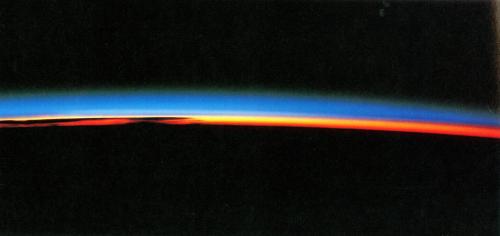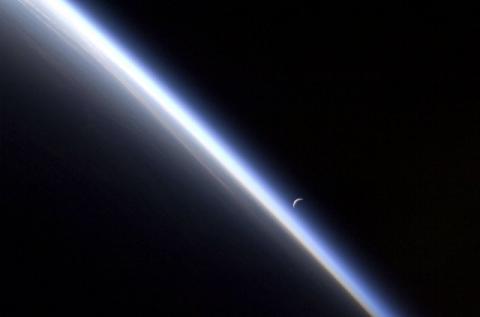Gases in Earth's atmosphere filter UV radiation
Nitrogen, oxygen and ozone absorb ultraviolet light from the Sun
Visible light, infrared and ultraviolet radiation which the Sun emits is indispensable for life on Earth. However, a part of this radiation can also be very harmful.
This applies to the Sun’s ultraviolet rays which Earth’s atmosphere for the most part filters out very efficiently.
Gases in Earth's atmosphere form a protective layer
Nitrogen, oxygen and ozone molecules in the upper atmosphere and stratosphere absorb ultraviolet light from the Sun, providing a shield that prevents this radiation from passing to the Earth’s surface.
Earth’s atmosphere is a mixture of gases {nitrogen (78%), oxygen (21%), other gases (1%)} that becomes thinner until it gradually reaches space.
The Earth’s atmosphere is divided into four layers or ‘spheres’. Each layer is characterized by a different gradient of the temperature as a function of altitude.



